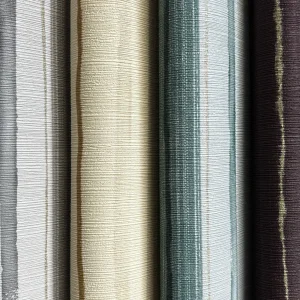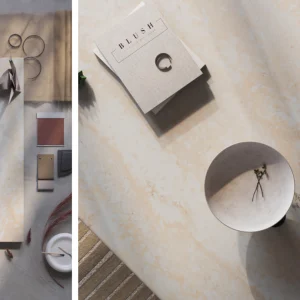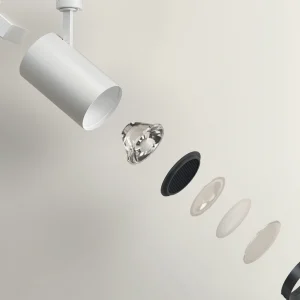
An exhibition of Gerhard Richter Portraits at London’s National Portrait Gallery turns out to be heretical in terms of the assumption that a portrait can tell you anything about interior life.
Richter is one of the most prolific and diverse contemporary artists, and remarkably this is the first show there has ever been of his portraits. It’s not a huge exhibition, but large enough to give a broad sweep of his career, from his first portrait in the 1960s, to work completed just over a year ago. I was fortunate enough to be invited to a private viewing by the show’s designer Stanton Williams.
Curator Paul Moorhouse has spent time discussing the work with Richter, and had some fascinating insights. As he pointed out, Richter is one of the most difficult artists to ‘read’. When the artist painted his first Photo Picture in 1964, based on a cutting from a newspaper, he was looking for a more direct way to engage with the world. According to Moorhouse, at the time he was fed up with working in the abstract, and the technique of using photographs as the basis for painting provided a way forward.
One of his first experiments of this kind was Woman with Umbrella (1964). The subject is deliberately anonymous, and the facial expression open to interpretation (is she laughing, crying or sneezing?). Yet this is an image of Jackie Kennedy based on a newspaper photograph taken soon after the assassination of John F Kennedy. The painting emphasizes that meaning in portraits is what we bring to them, rather than something inherent in the image.

Stanton Williams’ design for the exhibition is restrained, but provides a beautiful and logical setting for the work. The show is organized along a spine from which rooms open in a sequence. The spine itself is empty, apart from one single piece, Spiegel (Mirror), located at the far end. The mirror was made specially for the show by Richter and is the perfect foil, reflecting the visitor as he/she moves through the space. Along the way, Stanton Williams has placed a series of vertical light boxes, which are like false windows, throwing out a cloudy ethereal light. They also give a nod to photography equipment, and with their sharp edges, contrast with the blurry edges of Richter’s paintings.

In the early rooms, the paintings are monotone, to echo their origins in black and white photography. Devotional Pictures looks at a series of work based on family snapshots. Like his contemporaries Richter was fascinated by print media, but unlike them, he preferred the ordinariness of amateur photographs. Particularly moving is Tante Marianne (1965), which is based on a snap of the artist aged one with his aunt, then a teenage girl. At first it seems a typical family portrait, with echoes of the Madonna and child, but there is a tragic back story which is impossible for the viewer to know about: Marianne was killed by the Nazis in 1945 as part of their euthanasia programme.
According to Moorhouse, the Richter portrait show has been a surprise hit receiving around 70,000 visitors rather than the 50,000 they expected. One explanation, he thinks, is that Richters’ work touches a contemporary raw nerve: many of his images suggest something sinister lying behind a typical, ordinary view of family life. Apparently Richter himself comments that when he paints photographs, ‘something new creeps in…that even I don’t really grasp’. This feeling is echoed in the series, Continual Uncertainty, where Richters begins to move away from the strict representation of photography in paint. In his painting Woman with Child (1965) an area of paint takes on a life of its own and the woman’s foot begins to look disturbingly like a claw.
There are two sides to Richter’s work that are revealed here: a constant engagement with the world and to get beneath surface appearance; but also Richter’s deliberate attempt to conceal and obscure reality. Colour gradually creeps in: particularly memorable is a portrait of Gilbert and George from 1975. As Moorhouse explains, with the use of colour which gives another layer of reality, Richter must use new devices to remind the viewer that this is just an image.

Finally, the exhibition bursts into colour with the last and largest room showing portraits of Richter’s family. The centerpiece is the incredibly beautiful and melancholy portrait of Betty (1988), Richter’s daughter, who is shown turning away her head as a symbol for their estrangement. Even though the outline of the figure is clearer, and closer to the character of the photograph on which it is based, there is still a strong feeling that this is not real, only a painted surface that hints at the complexity of people and relationships.

Gerhard Richter Portraits is on at the National Portrait Gallery until 31 May.





